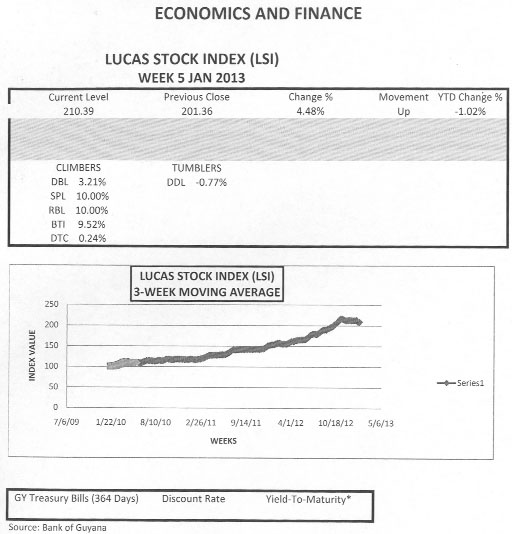General Agreement
Guyana began its return to a market economy in 1989 with the implementation of the “Economic Recovery Programme” (ERP) which was introduced by the Hoyte Adminis-tration. Since that time, the Guyana economy, for the most part, has shown continuous signs of economic progress. With an increasing reliance on and experience with the market, there is general agreement that the market has produced outcomes and efficiencies with which most Guyanese could be satisfied. But crime and social problems abound. Despite the implementation of a poverty reduction programme, the continued emergence of serious social problems linked to poverty, unemployment and the economy leaves many Guyanese wondering where things have gone wrong. A filthy environment, an improperly maintained drainage infrastructure, unabated domestic violence and brazen criminal attacks are daily manifestations of disaffection and disillusionment with life in Guyana.
Under the present circumstances, one has to wonder if the market in Guyana is really being allowed to work the way it should to provide employment and help bring better benefits to Guyanese at a faster rate. This article begins where all students of macroeconomics start and will then seek to connect the general understanding of how the economy is supposed to work with circumstances in Guyana. Of necessity,

